
Roof 101: Key Components You Need to Know
Your roof isn’t just a cap on your house—it’s a full system designed to protect your home from the elements, manage airflow, shed water, and even improve energy efficiency. Whether you're a homeowner planning a replacement or a contractor refining your content strategy, this guide breaks down the key components of a modern roof so you can understand what really goes into a high-performing roofing system.
Table of Contents
What Is Roof Decking?
Roof Underlayment: Your Secondary Defense
Roof Flashing: Blocking Water Entry at Vulnerable Points
Roofing Material: Shingles, Tiles & Metal Panels
Ventilation & Insulation: Your Roof’s Climate Control
Ridge Caps & Drip Edges: Final Finishing Touches
Regional Roofing Considerations
FAQ
Further Reading & External Resources
1. What Is Roof Decking?
Roof decking (also called sheathing) is the foundational layer that connects to your home’s trusses or rafters. Every other part of the roofing system is built on top of this layer.
For a deeper dive into the different types of roof decking—ranging from plywood to Oriented Strand Board (OSB)—check out 9To5Civil’s Complete Guide on Roof System Components which includes comparisons and installation tips.
Common Types of Roof Decking
Plywood: Strong and moisture-resistant, offering durability with a higher cost.
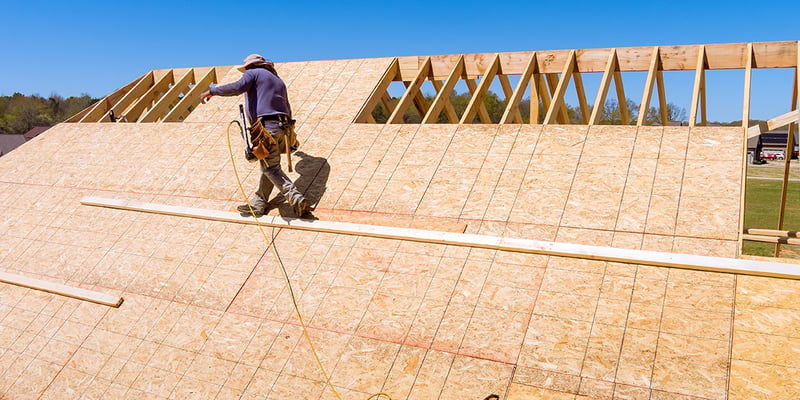
Oriented Strand Board (OSB): A more budget-friendly option that still provides robust structural support, though it is slightly more susceptible to moisture.

Installation Best Practices: Decking sheets are typically installed with 8d nails spaced every 6 inches along the edges and 12 inches across the center. A proper 1/8" gap between panels prevents buckling from heat expansion.
More details on proper fastener spacing and best practices can be explored in diagram-rich articles like Nationwide Roof Repair’s Detailed Guide with Diagrams which visually explains these concepts.
2. Roof Underlayment: Your Secondary Defense
Underlayment is a water-resistant or waterproof layer placed between the decking and your roofing material (like shingles or tiles). It provides crucial protection against water infiltration caused by wind-driven rain or ice dams.
Types of Underlayment
Felt (Tar Paper): The traditional, budget-friendly option that may break down faster in hot climates.
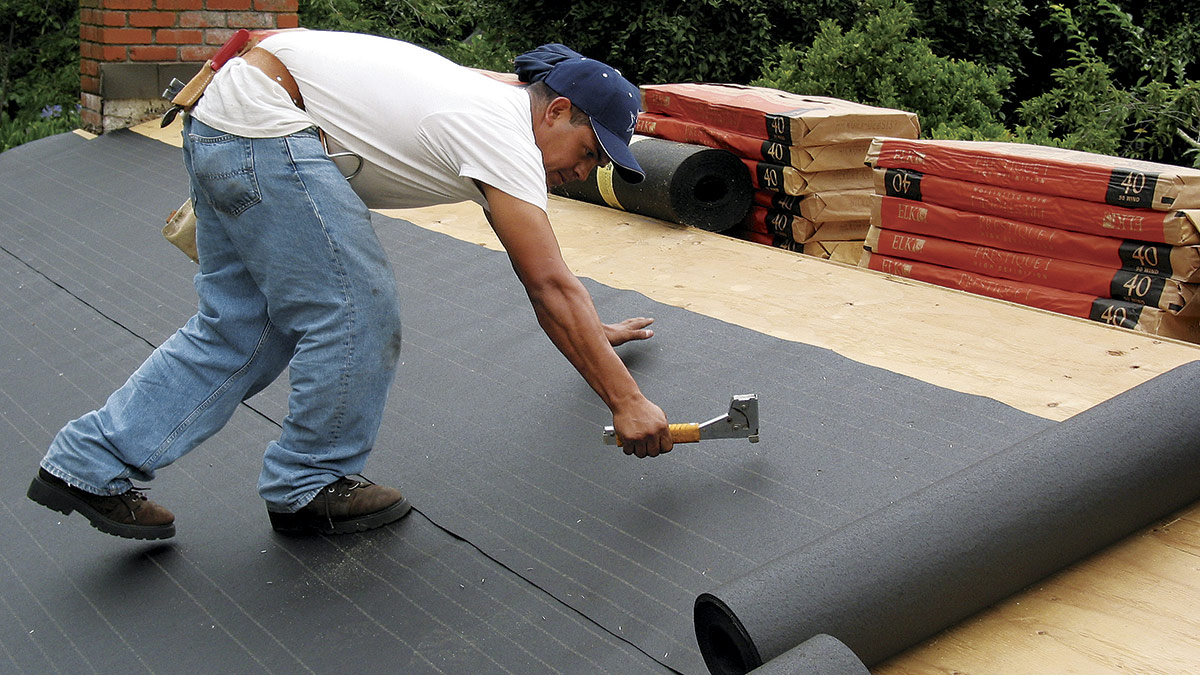
Synthetic: Newer synthetic options are lighter, stronger, and more resistant to UV exposure, making them ideal for extreme climates.

Installation Tip
Always overlap seams and install from bottom to top to ensure proper water runoff. Make sure vulnerable areas such as valleys and penetrations are fully adhered and sealed. For additional context on underlayment benefits and installation nuances, take a look at GAF’s article on Roof Components that outlines step-by-step guidance for a watertight installation.
3. Roof Flashing: Blocking Water Entry at Vulnerable Points
Flashing is installed at joints and roof penetrations (like chimneys, vents, and skylights) to redirect water and prevent leaks.
Key Flashing Types
Valley Flashing: Protects the roof valleys from heavy water runoff.

Step Flashing: Used along vertical walls or chimneys where roof planes meet another surface.
Vent Pipe Flashing: Seals around plumbing pipes to prevent water seepage.
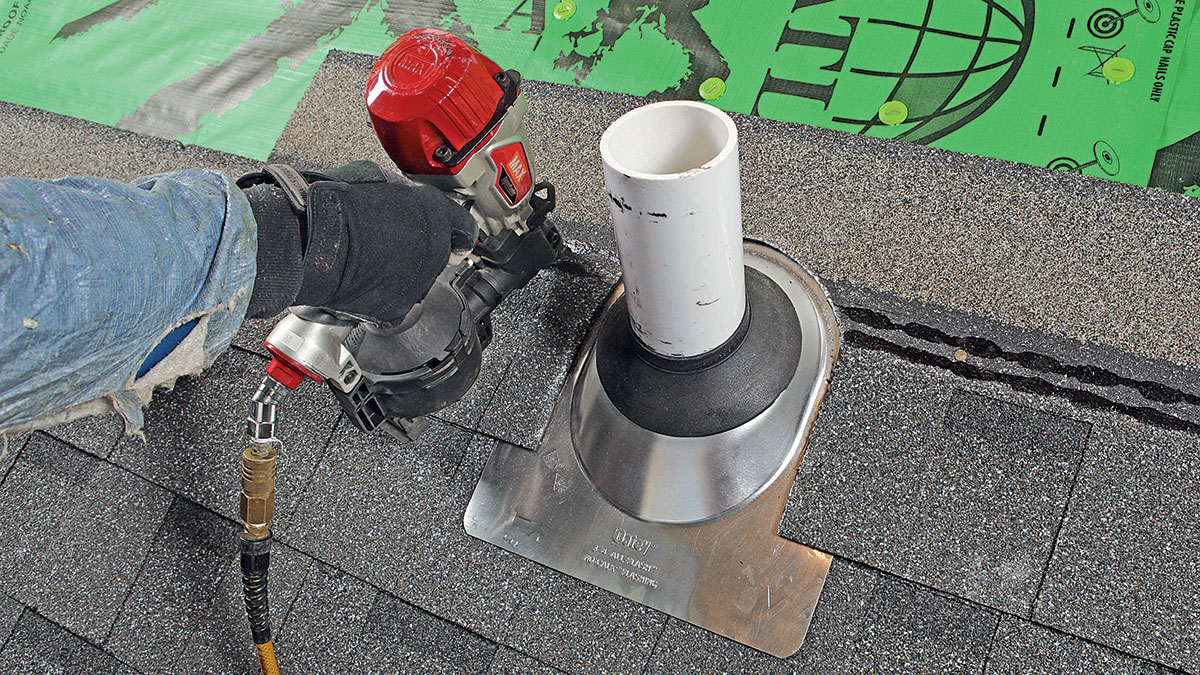
4. Roofing Material: Shingles, Tiles & Metal Panels
As the visible outermost layer, roofing material not only protects against rain and UV rays but also enhances your home’s visual appeal.
Asphalt Shingles
Pros: Affordable, easy to install, and available in many styles.
Cons: Generally lasts 20–30 years and may offer only moderate protection in extreme climates.

Metal Roofing
Pros: Extremely durable, fire-resistant, and reflective of heat. Lasts 40–70 years..
Cons: Higher initial cost and may require specialized installation.

Clay & Concrete Tiles
Pros: Excellent for hot or humid regions, offering superior durability and energy efficiency.
Cons: Heavier, which might necessitate structural reinforcement.
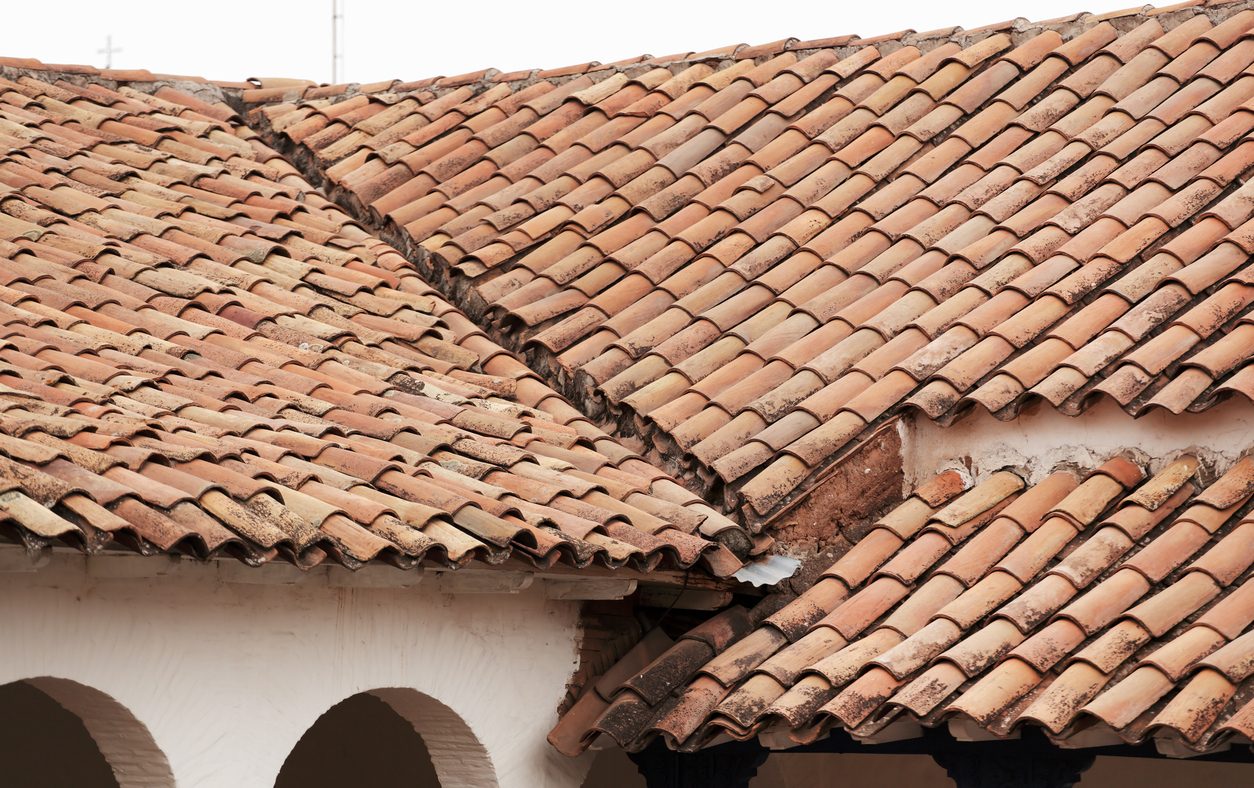
Each roofing material comes with its own set of advantages and considerations. For guidance on choosing the best material for your region’s climate, GAF’s roofing component overview is a valuable resource.
5. Ventilation & Insulation: Your Roof’s Climate Control
Proper ventilation keeps your attic at a balanced temperature, extending your roof’s lifespan while optimizing energy efficiency. It works best when paired with effective insulation that maintains indoor comfort.
Types of Ventilation
Ridge Vents: Installed at the roof’s peak to release hot air.
Soffit Vents: Located under eaves to draw in cool air.
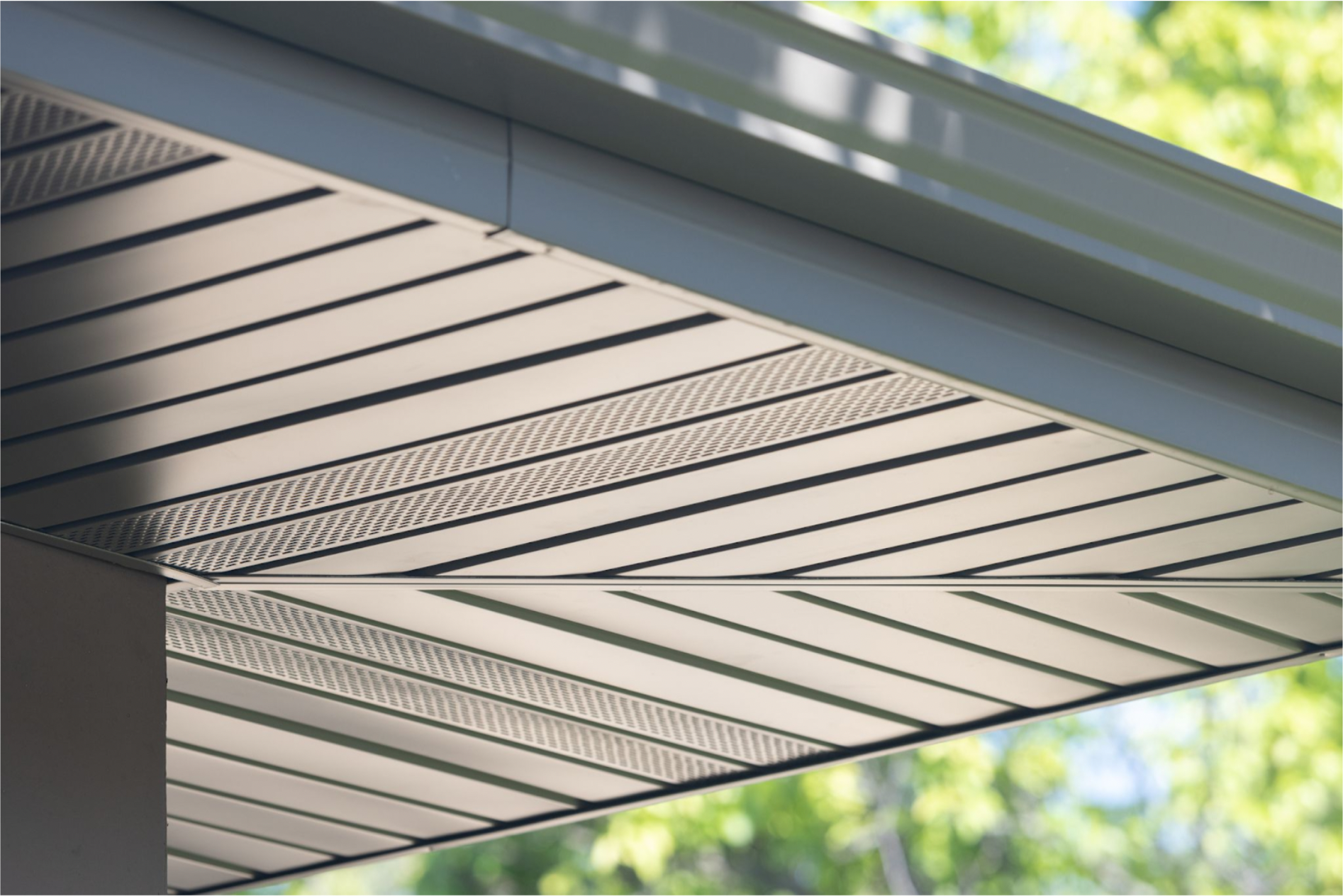
The Role of Insulation
Proper insulation under the attic floor not only reduces energy costs but also prevents issues like ice dams in colder climates. For visual diagrams and extended explanations, resources such as Nationwide Roof Repair’s guide are an excellent visual aid.
6. Ridge Caps & Drip Edges: Final Finishing Touches
Ridge Cap Shingles: Cover the roof’s highest point, sealing seams where different slopes meet.
Drip Edge: A metal flash installed along roof edges to direct water into gutters and away from the fascia. Drip Edge: A metal flash installed along roof edges to direct water into gutters and away from the fascia.

Though these components might seem small, they play a critical role in preventing water intrusion and extending your roof’s service life.
7. Regional Roofing Considerations
Cold Climates: Use ice & water shield along the eaves and valleys to combat ice dam leaks; opt for shingles rated for high wind and snow load.
Hot & Humid Climates: Choose reflective roofing materials like metal or clay tiles, and use synthetic underlayment to resist mold and humidity damage.
Keep in mind that local building codes may dictate minimum slopes, underlayment types, or fastener requirements. For additional insights into regional concerns as well as best local practices, consult detailed roofing guides such as those found on Artigues Roofing.
8. Frequently Asked Questions
What is the roof ridge?
It’s the highest horizontal seam where two roof slopes meet, typically covered by ridge cap shingles to prevent leaks.Do I need to replace underlayment during a re-roof?
Yes. Even if it looks intact, replacing the underlayment is critical when installing a new roof.Can I put metal roofing over existing shingles?
In many cases, yes—as long as the existing decking is solid and proper fasteners and underlayment are used.